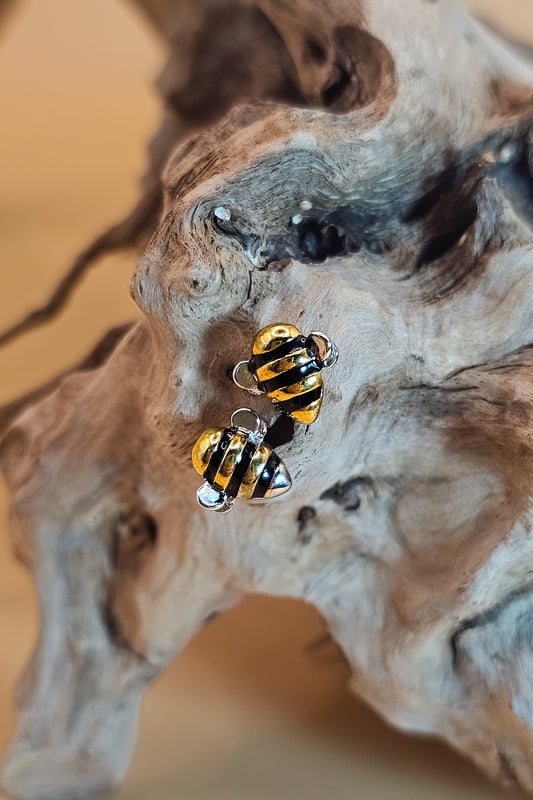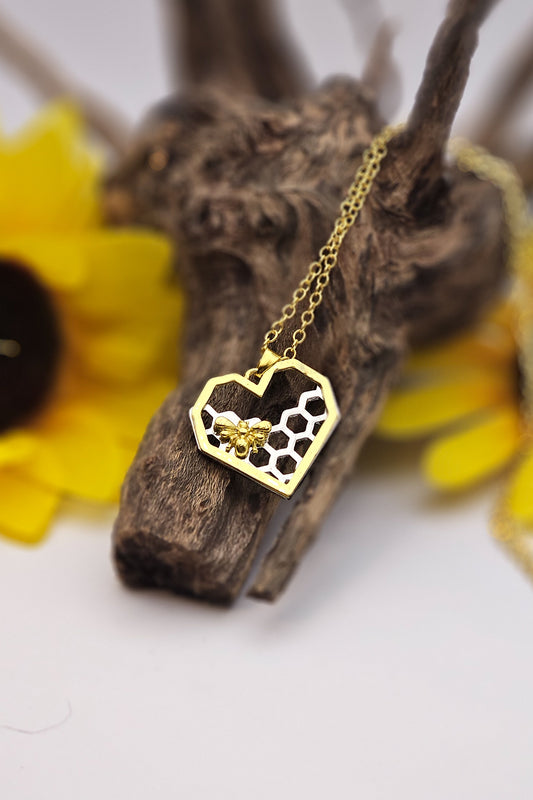Black Honey. Have you ever heard of it? Perhaps it better translates from Turkish as dark honey.
In a magnificent natural reserve forestry area at Mount Ida, up in the Kaz Mountains of Anatolia, in northwestern Turkey near the Gulf of Edremit that opens into the sparkling Aegean Sea, there is a rare bee and honey culture phenomenon.
Honey is almost always a liquid golden color, whether darker or lighter on the gold spectrum.
We blogged recently about the rare purple honey that can be found in the southeastern USA.
What do we know about the black honey and the bees that produce it? Not much so far.
The bees are mostly left to their own devices in the mountainous region all summer, starting in June. The beekeepers usually come to collect their honey in September.
This honey can be used as a normal sweetener for tea, drinks and desserts, but there is much more to this honey than meets the eye. Local people and those in the know take a spoonful of this rare honey everyday as a preventative health measure and for physical well being.
Known as pine honey, it recently won an award in the 8th Annual International Black Jar Honey Contest in North Carolina, USA. In the oxygen-rich Mount Ida foothills, there are chestnut, cedar and pine trees for the bees to pollinate. And then there are 32 endemic plant varieties that the bees pollinate, all of which are believed to give this dark honey its unique signature flavor. The bees use this pollen to make what is known in the area as ‘miracle honey’.
See the super short video (under 30 seconds) of a sweet bee pollinating a chestnut blossom.
Extensive research was done on this rare honey, conducted by Professor Abdurrahim Koçyiğit of Bezmialem Waqf University. It took eighteen months and nine scientists to complete their objective.
The Turkish scientists claim that this dark honey can attract cancer cells in the body and has the potential to kill most cancers.
See the abstract of their findings, titled, Anatolian honey is not only sweet but can also protect from breast cancer: Elixir for women from Artemis to present. In that document the following is stated: The chestnut and cedar honeys stand out to be the most cytotoxic on all cell lines, while pine honey was found to be the least toxic on control cells with appropriate toxicity on the cancer cells.
The area where these black honey producing bees live is rich in the lore and mythology of ancient Greece. Mount Ida is a sacred mountain to the ancients and means the mountain of the goddess. It lies only 20 miles southeast of Troy’s ruins, and was mentioned in classical antiquity by its name, Phrygian Ida, in both Homer’s Iliad and Virgil’s Aeneid. This place was sacred to Cybele, who was also referred to as Mater Idaea. This mother goddess is tied to one of the deepest pre-Greek mythic landscapes that hasn’t been entirely lost to time.
Many ancient bee traditions link the honeybee to the goddess. Perhaps this black honey, produced at the sacred mountain of the goddess, helps modern humanity see how such ancient beliefs nurtured the local people, spiritually and physically.
There are currently protests in the area because the Turkish government has allowed a Canadian gold mining company to destroy approximately 135,000 trees in this forestry reserve in their quest for gold.
Please note, the black honey described above is honey made by bees. It is not to be confused with another product on the market called black honey, which is not made by bees but is mechanically produced by people from raw cane sugar plants in southeast Asia, Egypt, India, the Caribbean and the USA.
So far, we have not been able to find a place that sells the Turkish Mount Ida Black Honey.
If you know where this honey is for sale, please let us know over on our Facebook page.








